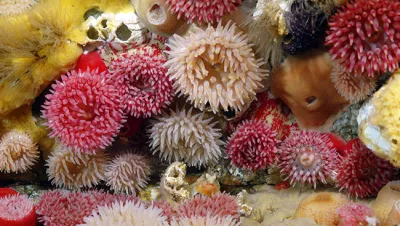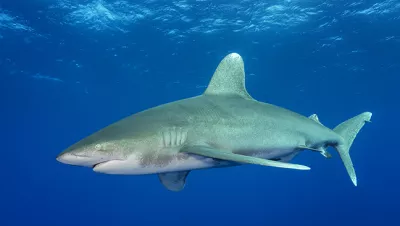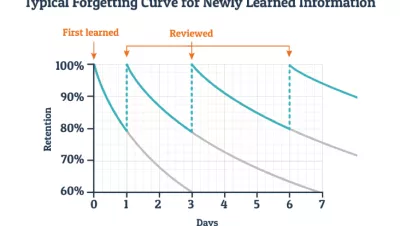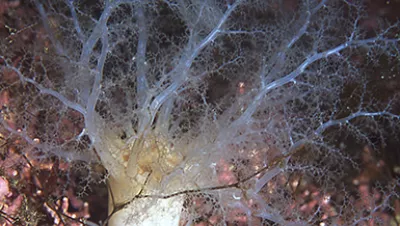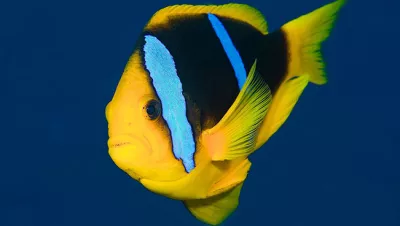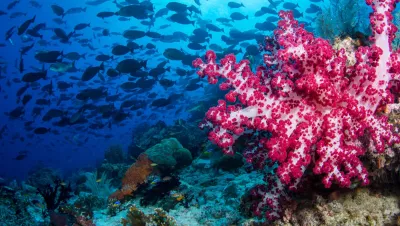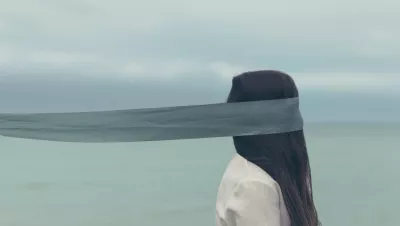Is diving safe? This is a question as old as the sport itself and the potentially accurate answers fill an entire spectrum of responses. Over the past 17 years, I have studied this question intently, publishing numerous case studies and articles in addition to several books. In the last third of that period, this study was for the purposes of an academic paper in a degree program. Here is the definitive answer: It depends.



